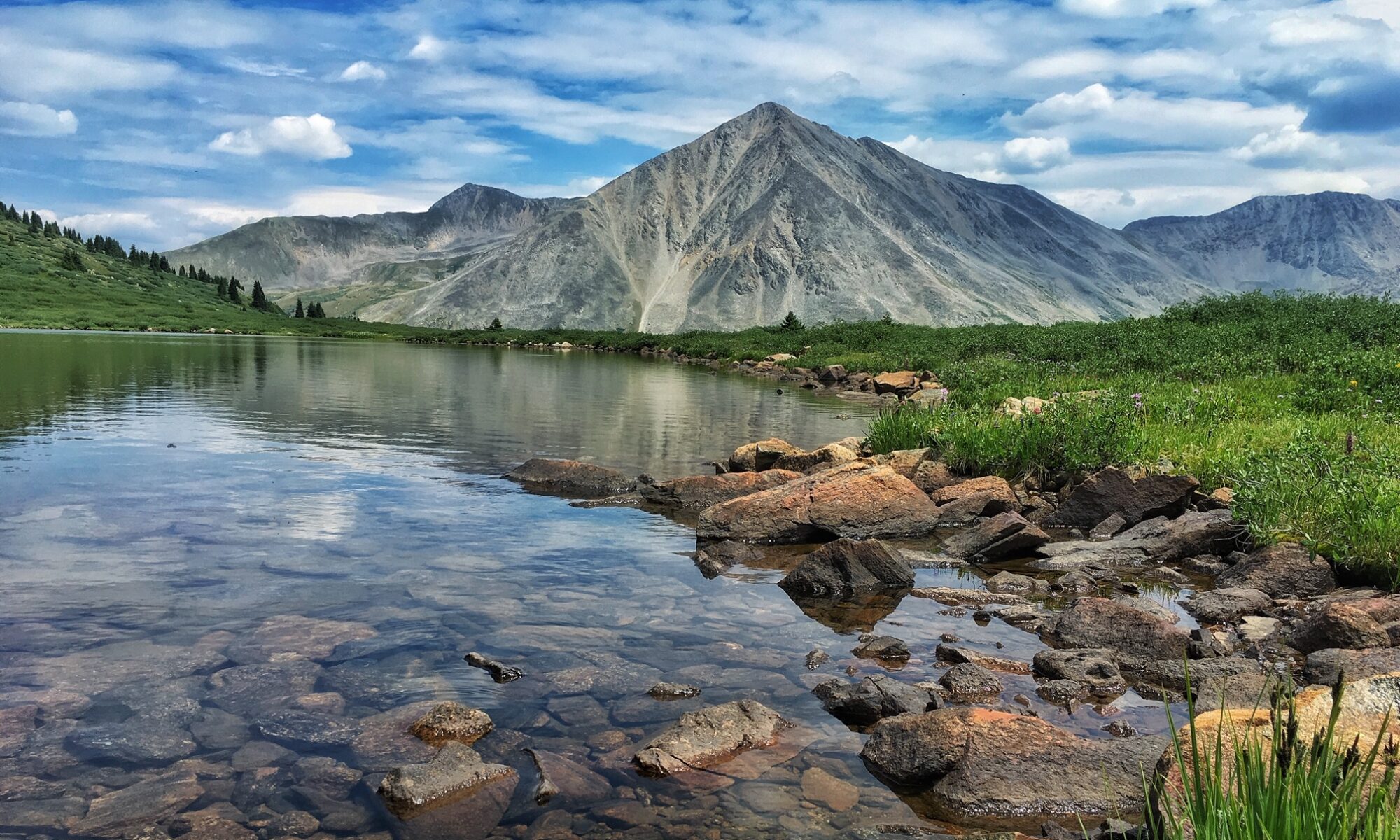We have talked ad nauseam about some of the obvious dangers while on the river on our podcast: lightning, venomous snakes, drowning, and grizzly bears. But there are other hidden dangers for summer fly fishers to consider:
1. Livestock and (big) game on the road
Perhaps the most dangerous part of your fishing trip is the drive to and from the river. This is especially true if you’re driving early in the morning or late in the evening.
A few years ago, legendary basketball coach Bobby Knight totaled his SUV when he hit a cow while driving at night after fly fishing a Wyoming river. Dave, my podcast partner and I fished the same river the next day. On our drive to the river, we noticed that it was open range. We saw several mule deer, too, at dusk.
Just the other day while in Rocky Mountain National Park, Dave came up on a five-point bull elk as he rounded a curve from the Fall River to Estes Park. Fortunately, Dave wasn’t on his phone, or its velvet-covered antlers may have adorned the small truck he was driving.
Stay alert even while you’re driving and dreaming about the fish you’re going to catch – or fretting over the strikes you missed.
2. Ticks
One of our listeners just informed us about a fly fisher in Wisconsin who ended up with Lyme Disease as a result of a tick. According to the CDC, Lyme disease is “transmitted to humans through the bite of infected blacklegged ticks. Typical symptoms include fever, headache, fatigue, and a characteristic skin rash called erythema migrans.”
Our listener suggested we reconsider our habit of wet wading on a hot summer day. Perhaps chest waders are the way to go for protection against ticks.
At the very least, use insect repellent, and wear long sleeves and pants. Some of the light Dri-Fit products make long sleeves and long pants bearable even when the temperatures creep into the 90s. Whatever you wear, check yourself carefully at the end of the day for ticks.
3. Sun burn and dehydradation
The sun is your friend. But it is also your enemy if you don’t take the proper precautions. Skin cancer is a serious concern. So, either use sun screen or cover up. I prefer the latter. As suggested above, go with long sleeves and long pants. Use a neck gator or a hat which provides more coverage than a ball-cap does. You might try a cowboy hat. Yes, you’re allowed to wear a cowboy hat even if you don’t own spurs and wouldn’t know what to do on a good cutting horse!
Also, summer heat means you need to drink more water than you think you do. According to Mayo Clinic, “Dehydration occurs when you use or lose more fluid than you take in, and your body doesn’t have enough water and other fluids to carry out its normal functions. If you don’t replace lost fluids, you will get dehydrated.”
So it’s worth the extra weight in your fly vest or pack to include an extra bottle of water. That weight will disappear soon enough. For longer hikes to the river, you might consider water purification tablets or a bottle with a built-in water purification system.
I also drink as much water as I can before starting out on the hike.
4. Food poisoning
Huh? Yes, think twice before packing a chicken salad sandwich or anything else with mayonnaise. By the time you pull out your sandwich for lunch, the heat may have spoiled it.
If you can’t eat a turkey or beef sandwich without mayo, then include some packets of mayo (from a fast food restaurant) in your lunch. Your stomach will be glad you waited to smear on the mayo.











